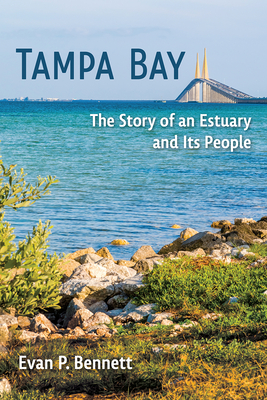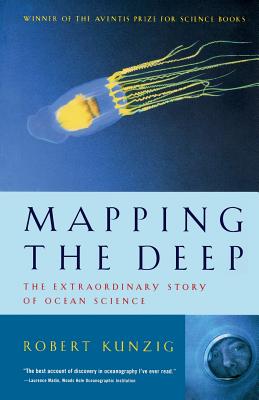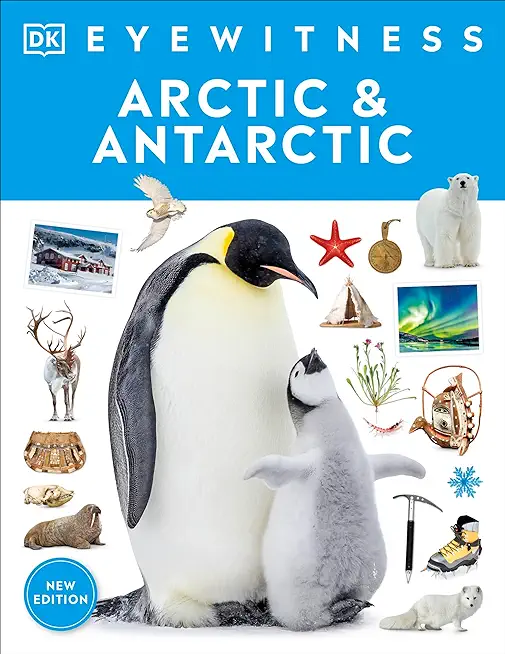
description
ry
of an important natural area The
largest open water estuary in Florida, Tampa Bay has been a flashpoint of
environmental struggles and action in recent years. This book goes beneath today's
news headlines to explore how people have interacted with nature in the region
throughout its long history. In
Tampa Bay, Evan Bennett reveals that
humans have been part of the bay's ecology since the estuary took its modern form
2,000 years ago, along with the communities of fish, birds, reptiles, and mammals
that proliferated in its seagrass meadows, tidal salt flats, and mangrove
forests. Bennett discusses the natural resources that drew people to settle
there, the trade that encouraged development, and the shipping and industry
that increased biological and ecological change. While
the past 150 years have seen serious environmental damage from dredging, water
pollution, red tides, and more, Bennett shows how people have been fighting to
clean up the bay and regain a balance with nature. Informed by the latest in
marine science, area environmentalists, policymakers, and citizens are working
to create a model for other societies that have developed in fragile natural
areas. The
first book to examine the environmental history of the region, Tampa Bay uncovers deep-rooted
relationships between water, land, and people and offers hope for bringing threatened coastal spaces back from
the brink. A volume in the series Florida in Focus, edited by Andrew K. Frank
of an important natural area The
largest open water estuary in Florida, Tampa Bay has been a flashpoint of
environmental struggles and action in recent years. This book goes beneath today's
news headlines to explore how people have interacted with nature in the region
throughout its long history. In
Tampa Bay, Evan Bennett reveals that
humans have been part of the bay's ecology since the estuary took its modern form
2,000 years ago, along with the communities of fish, birds, reptiles, and mammals
that proliferated in its seagrass meadows, tidal salt flats, and mangrove
forests. Bennett discusses the natural resources that drew people to settle
there, the trade that encouraged development, and the shipping and industry
that increased biological and ecological change. While
the past 150 years have seen serious environmental damage from dredging, water
pollution, red tides, and more, Bennett shows how people have been fighting to
clean up the bay and regain a balance with nature. Informed by the latest in
marine science, area environmentalists, policymakers, and citizens are working
to create a model for other societies that have developed in fragile natural
areas. The
first book to examine the environmental history of the region, Tampa Bay uncovers deep-rooted
relationships between water, land, and people and offers hope for bringing threatened coastal spaces back from
the brink. A volume in the series Florida in Focus, edited by Andrew K. Frank
member goods
No member items were found under this heading.
Return Policy
All sales are final
Shipping
No special shipping considerations available.
Shipping fees determined at checkout.







